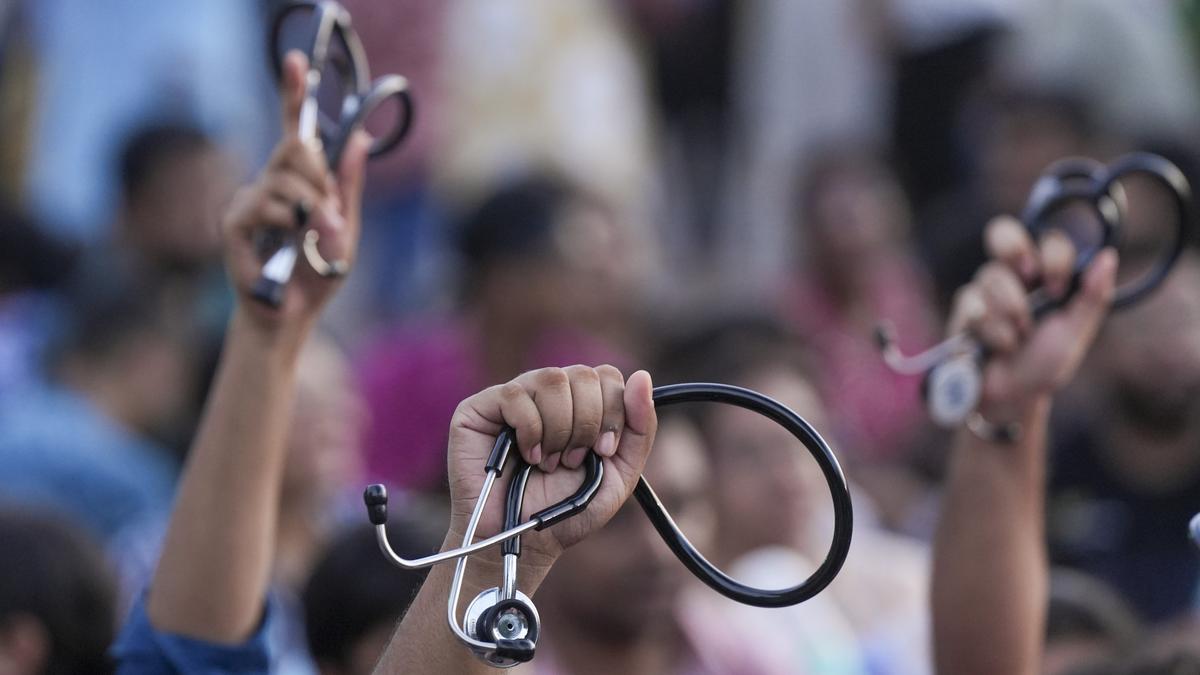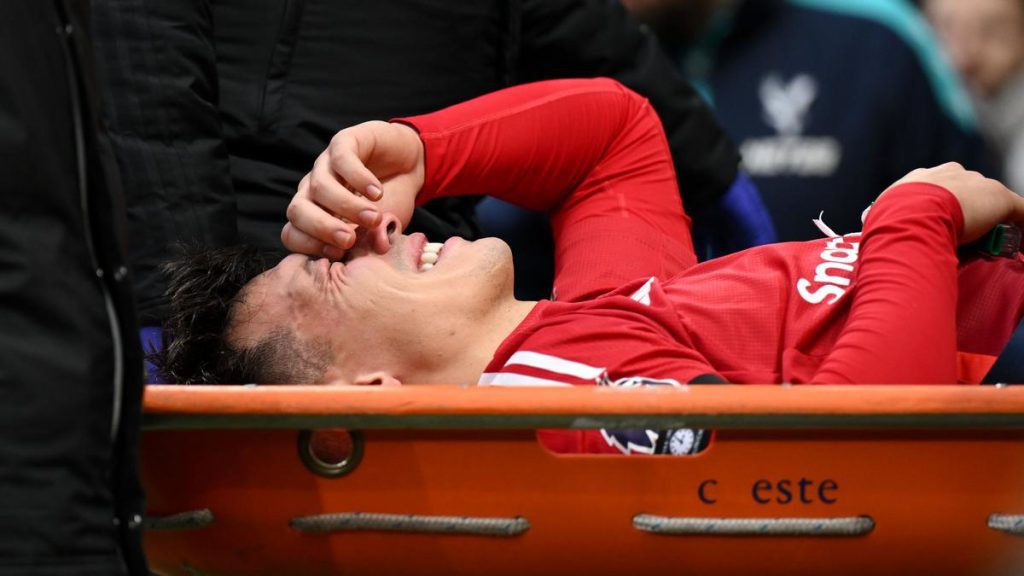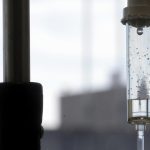Geospatial analysis: Stark regional disparities in stroke care


Geospatial analysis: Stark regional disparities in stroke care
Only 26.3% of the nation’s population has access to stroke centres providing life-saving intravenous thrombolysis (IVT) within an hour’s drive while just 20.6% has access to endovascular treatment (EVT) within the same time frame.
Thus, people living in Chandigarh, Kerala and Delhi have the best access to stroke care in the country, with over half of the population having to travel less than an hour to reach a stroke centre.
Among the States /UTs with the highest number of stroke centres per million population with both IVT and EVT facilities were Chandigarh, Sikkim, Kerala, Delhi and Maharashtra, in that order.
Also Read | Stroke could lead to nearly 10 million deaths annually by 2050, warns report
Of the six geographical zones of the country, the majority of stroke centres were located in the South zone. South had 37% of the stroke centres with IVT and 35% of the centres capable of EVT.
These stark regional disparities in access to life-saving reperfusion treatments for stroke in India were identified in a geospatial analysis of acute stroke care centres in the country.
The study, Geo-Spatial Analysis of Acute Ischemic Stroke Reperfusion Treatment in India: An Assessment of Distribution and Access to Centers, appears in the latest issue of International Journal of Stroke
The landmark analysis is a collaborative effort of researchers at the Society of Vascular and Interventional Neurology’s (SVIN) Mission Thrombectomy Initiative, the Comprehensive Stroke Programme at the Sree Chitra Tirunal Institute for Medical Sciences and Technology (SCTIMST), Thiruvananthapuram and Achutha Menon Centre for Health Science Studies (AMCHSS), the public health wing of SCTIMST.
Stroke is the second leading cause of global mortality and the third leading cause of global disability. India, with an with an estimated incidence of 130 to 152 strokes per 100,000 population per year, has a huge burden of stroke-related mortality and morbidity, because of the health system’s limitations in providing timely access to acute stroke care
There are a total of 566 stroke centres spread across 26 States and Union Territories in the country, of which 361 have the capacity to perform endovascular therapy, which is the gold standard treatment for acute stroke caused by large vessel occlusions
(Intravenous therapy or administration of the clot-busting drug, has limited effectiveness in patients with strokes due to clots in large brain vessels. A third of the acute ischemic strokes are caused by occlusions in large vessels which require endovascular therapy. Also, most patients become ineligible for medical therapy 4.5 hours from symptom onset).
There is an urgent need to establish IVT and EVT-capable stroke centres in the existing poorly served regions of India to increase access and improve outcomes for stroke patients. The study noted that after South, the West zone (IVT: 29%, EVT: 31%) and North zone (IVT: 20%, EVT: 18%) had more stroke care facilities
The Central, East and North-east zones collectively account for just 13.5% of IVT-capable facilities and 16% of the EVT-capable facilities
The researchers also looked at the travel distance, duration, and geographic distribution to stroke centers in the country.
The median distance to the nearest stroke centre with IVT facility was 115 km and the median driving time to reach there, 2.47 hours.
The median distance to the nearest centre with EVT facility was 131 km and the median driving time to get there, 2.79 hours
There were significant regional disparities in access to stroke care centers too, South zone having the shortest median distances and driving times (75 km, 1.68 hours for IVT centres and 94 km, 2.05 hours for EVT centres)
The North Eastern zone, predictably, had the greatest challenge in accessing stroke centres, with median distances of 228 km to IVT centres (6.13 hours) and 304 km (7.49 hours) to EVT centres
These regional disparities highlight the urgent need for targeted resource allocation and infrastructure development to address these inequities, researchers said..
This study is the first to examine acute stroke care services, driving times, and population access in India using the Geographic Information System (GIS).
Similar inadequacies in per capita availability of stroke centres and acute stroke services have also been reported in the other countries in the Indian subcontinent as well as other low and middle-income regions across the globe
Stroke care infrastructure planning strategies will have to look at many factors, including stroke incidence, geography, population density, healthcare organizational dynamics, and other demographic factors
If only 26.3% and 20.6% of the Indian population had 1-hour access to an IVT centre and EVT centre respectively, in the United States, the one-hour access to a stroke centre increased from 65% of the population in 2010 to 91% in the year 2019
The researchers, Kaiz Asif, a Stroke and Neuroendovascular Surgeon at Ascension Health and the University of Illinois, Chicago; Biju Soman, who led the Data Science Lab at AMCHSS and Arun Mitra, a faculty at All India Institute of Medical Sciences, Hyderabad, pointed out that this study, which sheds light on the regional disparities in stroke care, provides actionable data to drive systemic improvements in stroke care delivery across India
The data emerging from the study reinforces the urgent need to have more primary and comprehensive stroke care units in India so that timely revascularization therapies can be made available to patients, thereby reducing the burden of stroke-related disability, PN Sylaja, Professor of Neurology, who heads the Comprehensive Stroke Programme at SCTIMST said.










